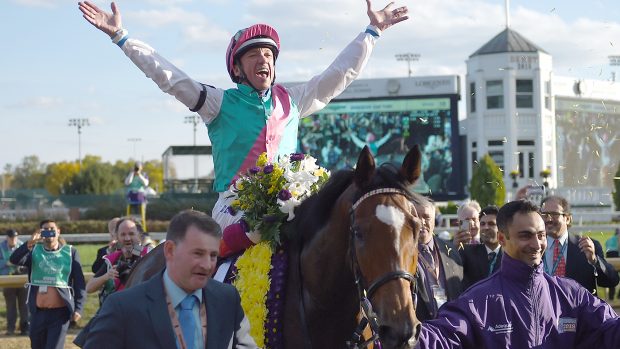As Channel 4 broadcasts Clare Balding’s Secrets of a Suffragette, the story of Emily Wilding Davison – how and why she targeted the King’s horse in the 1913 Derby, whether she knew her actions might be fatal and what effect she had on the Suffragette Movement – at 10pm tonight (Tuesday 6 February), we bring you the key facts you need to know about the most sensational running of the prestigious race.
- There were 15 runners for the fateful contest, which was worth £6,450 to the winner.
- King George V was in attendance with Queen Mary to watch his Derby runner Anmer — and an estimated crowd of 500,000 members of the public joined them
- The 6-4 favourite for the race was Craganour, trained by Jack Robinson, winner of five of his six races as a juvenile and a notably unlucky loser of the 2000 Guineas.
- The main group of runners had passed Davison when she ducked under the inside running rail and on to the course, where she was flattened by Anmer.
- The colt came down, interfering with a couple of other runners and leaving Davison and his jockey Herbert Jones prostrate on the turf.
- Anmer was unhurt, Jones was shaken, bruised and concussed, but 40-year-old Davison suffered a fractured skull.
- Davison never regained consciousness and died in Epsom Cottage Hospital four days after the race.
- The suffragette had two large flags in the green, purple and white suffragette colours under her coat when she stepped out on the track. It’s believed she intended to unfurl them on the course in a one-woman demonstration, but may not have realised all the horses had not yet passed her due to the curve of the track at that point.
- Although much has been made of the identity of the horse who ran Davison down, it is widely thought that it was the royal runner was only a grim coincidence.
- Davison had a return train ticket in her purse and had made arrangements to attend a meeting the following day, making it unlikely that she intended her actions at Epsom to make her a martyr for her cause.
- More than 50,000 watched her funeral procession in London — at that time the greatest crowd ever to acknowledge a non-royal — and 20,000 attended her burial near her home in Morpeth, Northumberland.
- Craganour was the first horse past the post, but lost the race to the stewards when disqualified for not keeping a straight course, handing the win to Aboyeur
- Craganour remains the first and only Derby winner to lose the race on the day.
- Herbert Jones remained haunted by the Derby incident and 15 years later he laid a wreath at the funeral of the suffragette leader Emmeline Pankhurst. He took his own life in a gas-filled kitchen in 1951 at the age of 71.
Don’t miss your chance to watch the story of Emily Wilding Davison in Clare Balding’s Secrets of a Suffragette on Channel 4 at 10pm on Tuesday 6 February.
Extracts from feature first published in H&H 30 May 2013, written by Sue Montgomery




